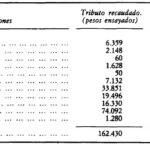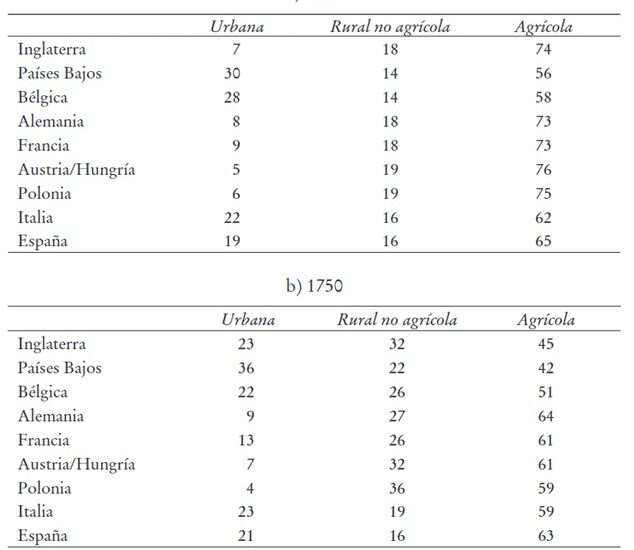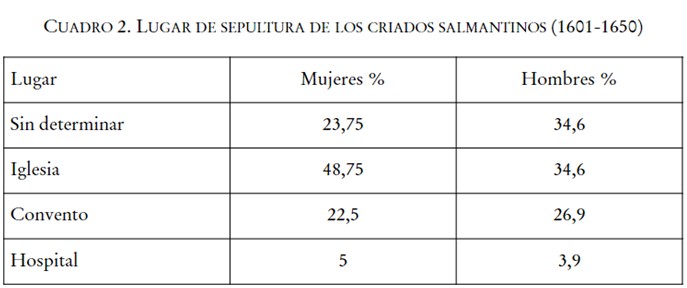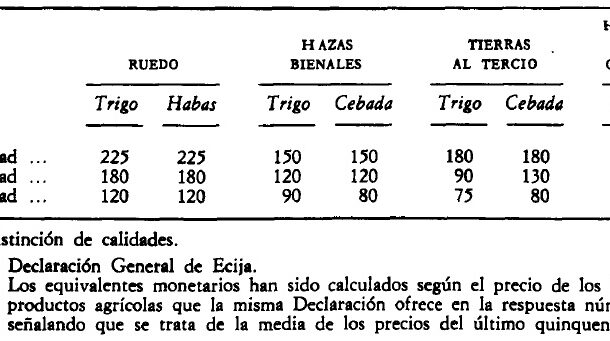
Much of the interest in the administration of the Viceroyalty of Peru has focused on Francisco de Toledo (1569-1582), the principal architect of the kingdom’s administrative, labour and fiscal system during the formative years of the 16th century, who increased the power of the state in pursuit of a restructuring between Spaniards and Amerindians by channelling the flow of surplus economic wealth to Spain. The efforts of the viceroy and the Madrid government to prevent abuses fell on deaf ears once he left the viceroyalty, as the main criticism was directed at the corregidores, who were said to have disregarded the laws, abused their authority and enriched themselves at the expense of the Crown and the Indians. Such malfeasance did not go unnoticed, and in 1604-1626 Crown officials seriously contemplated abolishing the corregimiento system in the Indies. The general corruption and incompetence of the corregidores is the most plausible explanation for the absence of a significant correlation between tribute revenues and the number of indigenous tributaries. Revenue fluctuations between 1580 and 1630 were excessively pronounced. The transitory rise in tribute revenues in 1624-1627 was simply the result of a large remittance by the corregidores of the capital. Treasury officials based in Lima could not contain the administration among corregidores who were nominally under their jurisdiction. The system of fees and administrative procedures, carefully devised by Francisco de Toledo, was in ruins by the early 17th century. Corruption of the corregidores and loss of tax revenues were widespread in the provinces far from the viceregal capital. According to Francisco López de Caravantes, in 1630, tax debts or arrears had reached 1,654,057 pesos in the viceroyalty. In this sense, the highland provinces of Potosí, Cuzco and La Paz were the ones that had accumulated the largest arrears.
Collection: Statistics
Project: 2. Social and economic impact of technological revolutions in Europe., 5. Power and powers in the history of Europe: oligarchies, political participation and democracy.
Chronology: XVI, XVII
Scope: Secondary Education, Baccalaureate, University
Resource type: Statistics
Format: Table
Source: Andrien, Kenneth J., «El corregidor de indios, la corrupción y el estado virreinal en Perú (1580–1630)», Revista de Historia Económica, Journal of Iberian and Latin American Economic History, 4, 3 (1986), pp. 493–520.
Language: Spanish
Date: 1986
Owner: Álvaro Romero González (Modernalia)
Copyright: © Kenneth J. Andrien, © Revista de Historia Económica
Abstract: Tributes collected in different provinces of the viceroyalty of Peru in 1630
Image
Tags








